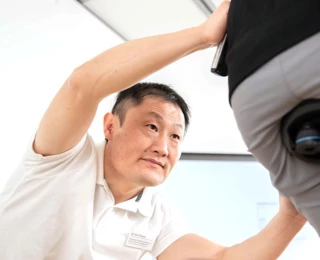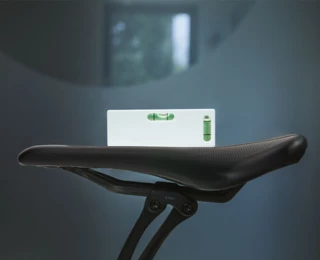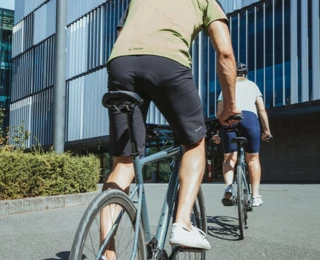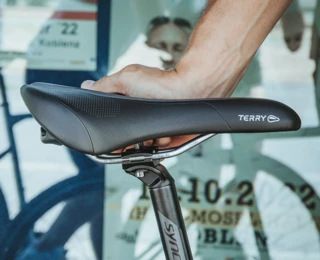Answers to all questions about your saddle



Here we have compiled the simplest do-it-yourself methods for a good basic adjustment. When making the following changes to your bike, it is important to tighten the corresponding bolts to the correct torque after loosening them, otherwise accidents and injuries can result. A torque spanner is suitable for this work. If you are unsure, contact your local bike workshop.
Loosen the bolts of the seat post and place the saddle horizontally using a spirit level. This also works very well with a spirit level app on your smartphone. Then tighten the bolts again. Please note that the bike must be on a level surface for this adjustment.
If the saddle tip is tilted downwards, more weight is placed on the back, arms and hands when riding, which often leads to pain.
On a saddle that is tilted backwards, there is a risk of discomfort in the back, feet and hip flexors as well as in the genital area while riding.
It is therefore advisable to mount the saddle horizontally, deviating from this only slightly at a time.

Sit on the saddle and turn the pedal to the lowest position. When you put your heel on the pedal, your knee should be pushed through. If your knee is still slightly bent, raise the saddle accordingly. If you cannot reach the pedal with your heel, the saddle must be lowered. To do this, open the bolts or the quick-release on the seat post.
Beginners in particular tend to set the saddle too low in order to reach the ground better with their feet. However, if the saddle position is too low, the knees are bent too much when pedalling. This can cause discomfort in the joints, muscles, spine and seat area.
If the saddle is too high, it seems to be easier to bring your leg power onto the pedal. However, you are constantly sliding back and forth on the saddle, which puts strain on the seat area and also the intervertebral discs. In addition, the toes often become numb because the pressure point moves forward from the ball of the foot.
Please note that the seat height can change slightly when riding due to wearing different shoes or shoe soles. It is best to use the same pair of shoes that you will be riding in later.

For simple basic adjustment, clamp the saddle to the seat post in the middle of the rails.
If you feel later that you are not sitting optimally, you can position your saddle more precisely. To do this you need a plumb bob. Turn the right pedal crank to the horizontal, i.e. to the 3 o'clock position, and place the ball of your foot on the pedal axle. Now place the perpendicular below the kneecap on the shinbone. Ideally, the plumb line should run from the kneecap through the pedal axle. If the adjustment is not yet correct, move the saddle a little forwards or backwards. To do this, open the bolts on the saddle frame.
Please make sure that the horizontal inclination of the saddle is not changed.
